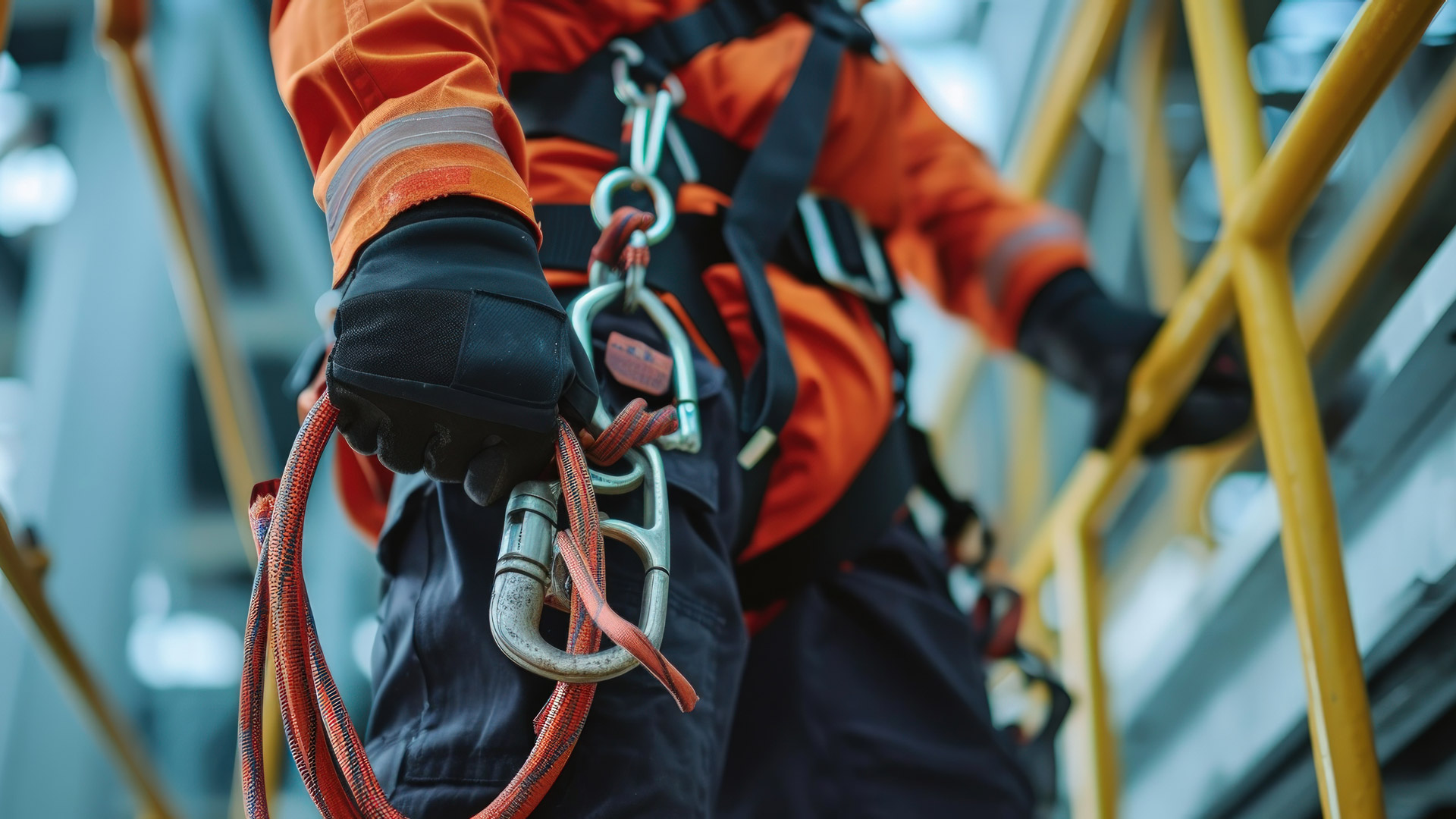Ill-fitting Personal Protective Equipment (PPE) that isn’t designed to protect women workers can get in the way of them doing their job safely, according to a new report published by the TUC.
The report, Personal protective equipment and women, reveals that despite a legal duty to provide the correct PPE to staff free of charge, only three in ten women (29%) told researchers that the PPE they wear to keep them safe at work is specifically designed for women.
This creates serious safety issues – having to wear the wrong shoes, for example, can increase the chances of tripping, and safety harnesses, belts and body armour can cause discomfort if not designed specifically for women’s bodies.
The report also revealed:
- More than half of women (57%) responding to the survey said that their PPE sometimes or significantly hampered their work – including 95% of women working in emergency services.
- More than two in five (41%) women said that the protective trousers that were given to them were inappropriate.
- More than one in three (35%) found their overalls unsuitable for carrying out their work duties.
The problems are particularly acute for pregnant women, with the survey showing half of women who had been pregnant had been forced to cut back on their normal duties or had to change their role in the run up to giving birth due to suitable PPE not being available or supplied to them.
TUC General Secretary, Frances O’Grady, said:
“I’m shocked that so many women – even those working in frontline emergency services – do not have the right protective clothing to do their jobs safely. Bosses’ complacency risks serious injury. It shouldn’t be hard to ensure protective uniforms come in men’s and women’s sizes.”
Personal Protective Equipment is defined as ‘all equipment (including clothing affording protection against the weather) which is intended to be worn or held by a person at work which protects him against one or more risks to his health and safety’.
Protective clothing includes aprons, clothing for adverse weather conditions, gloves, safety footwear, safety helmets, high-visibility waistcoats, and items to protect the body from sharp or dangerous equipment. Protective equipment includes eye protectors, life jackets, respirators, underwater breathing apparatus and safety harnesses.
A unisex approach to PPE can lead to significant problems. Items such as fall-arrest harnesses need to fit well but differences in chest, hips and thighs can affect the way that the straps fit. Another example is safety boots, as a typical woman’s foot is both shorter and narrower than a typical man’s foot, so a smaller boot may be the right length but not the right width.
So, what steps should an employer be taking to ensure proper fitting PPE for all employees?
- Employers should avoid suppliers who do not provide a range of sizes for both men and women and must seek to ensure that their suppliers have properly assessed the appropriateness of their equipment to both men and women.
- If there are issues over the suitability of PPE for women, employers should work with trade bodies to put pressure on manufacturers and suppliers to provide a full range of PPE.
- Where a need for separate PPE for men and women is identified, employers should make sure that they provide the same range of sizes for women as for men.
- Employers should ensure that women try on several sizes or types of PPE before it is issued to ensure that it is best fit. This should be regardless whether PPE is considered unisex or gender-specific.
- Employers should provide mechanisms to ensure feedback on the suitability of PPE either to safety committees, or occupational health providers. This is best done through both reporting mechanisms and anonymous surveys.
- Employers should work with safety committees and health and safety representatives to ensure that the correct range of suitable PPE is provided.
You may also be interested in
RELATED CONTENT
RELATED CONTENT

The Control of Substances Hazardous to Health (COSHH) course helps learners carry out work involving hazardous substances safely.

The asbestos course looks at how to manage asbestos in the workplace and recognise the risks.

The Dust and silica exposure course looks at the risks of exposure to hazardous dusts and how they can be controlled and managed.

The Working at height course helps learners understand the dangers associated with working at height and ways to control the risks

The British Safety Industry Federation (BSIF) has issued a warning to those overseeing personal protective equipment (PPE) and safety product procurem...

The lack of proper design for women in PPE can result in ill-fitting equipment, reduced comfort, and compromised safety.

Employers must update workplace policies to ensure workers are clear on the rules on wearing the correct PPE, including facemasks.

During the pandemic, NHS professional bodies, experts and trade unions warned that female healthcare workers’ lives were being put at risk because per...